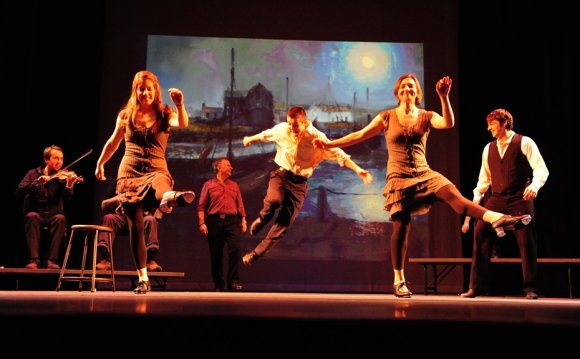
Irish Dances
Translation from English and Irish to Paul Antoskin.
An article on the history of Irish dances and their varieties that were left to the beginning of the 20th century of the Gaelic Revival.
In view of the fact that the dances have a direct impact on the development of our national music, several comments on certain types of Irish dance are intended to create a suitable preface to a collection in which our dance melodies occupy such a prominent place.Until the beginning of the twentieth century, or a few longer, traditional jig, rilov, hornpaipov and numerous group dances - jig and rye for four, eight participants, etc. - were fashioned among a large part of our people, and a few masters of this art still taught him at that time. But as they went to peace or died, there were significant and regrettable changes. The old style was to lose like the Moon and to know for a while until it was swallowed by what was called a dance revival, with its harmful effects on our music.
This degradation did not affect the melody of dab-jiga as they continued to be everywhere, and the dance itself continued to float through its strength, although it acquired a very strange manner of execution. And with regard to the female hornpaip, he didn't survive, and there was nothing unusual about the fact that there were both sexes competing in the same programme number and performing the same number. Species Festivals and championships.
It is unfortunate that, in the general re-establishment of Irish culture, the work of preserving or revitalizing our old national dances is entrusted to those who are under-equipped to accomplish this task. Most of them lack intrusion into the essence of the problem and due respect for the purity of the old style, and they have little repertoire knowledge called.







